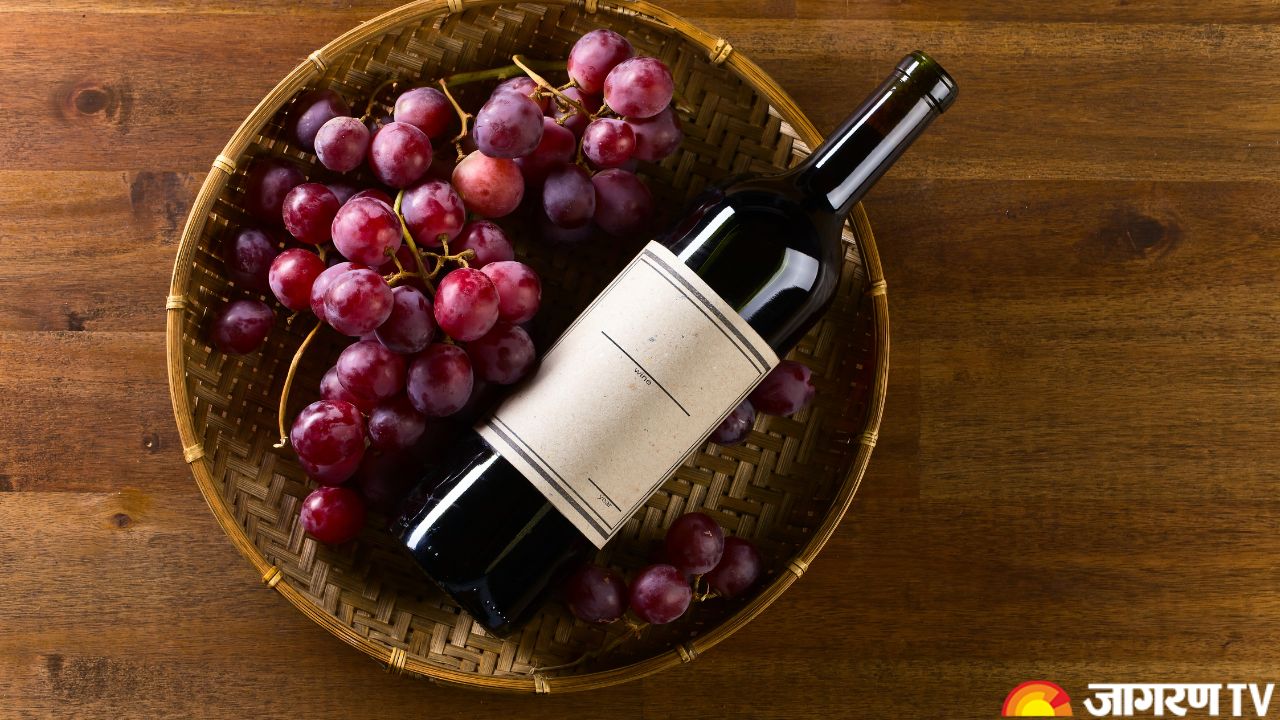National Wine Day 2025: Know Fascinating Facts About Wine, History, Process, Alcohol Composition, and More

National Wine Day 2025: On May 25th, wine enthusiasts across the world uncork their favourite bottles and cheers to National Wine Day. This day commemorates a beverage that is inextricably linked to human history, culture, and health.
History of Wine
The origins of wine can be traced back thousands of years to the Near East. Archaeological evidence reveals that humans began fermenting grapes in Georgia as early as 6000 BCE, making it one of the oldest known alcoholic beverages.
The unexpected discovery of fermentation, most likely caused by wild grapes left to decay and then consumed, cleared the path for winemaking. Viticulture began in Georgia and moved throughout the Middle East, eventually reaching ancient Egypt approximately 3000 BCE, where wine was used in religious rites and daily life. The Greeks and Romans developed winemaking processes, planting large vineyards and deeply incorporating wine into their mythology, social practices, and trading routes. The Romans were notably influential in extending viticulture throughout Europe, providing the groundwork for many of today’s well-known wine areas.
Is Wine Alcohol or Non-Alcoholic?
Yes, wine is alcoholic. It is the result of fermenting grape juice. During the fermentation process, yeast takes the sugars found in grape juice and turns them into ethanol (alcohol) and CO2.
While the majority of wine is alcoholic, there are non-alcoholic options available. These are normally manufactured by manufacturing wine in the regular manner and then extracting the alcohol using technologies such as vacuum distillation or reverse osmosis. They provide the taste and complexity of wine without the alcohol.
How Wine is Made?
The transformation of grapes into the complex concoction of wine is an intriguing process that combines art and science:
Harvesting
Grapes are selected at the peak of maturity, which is an important aspect in creating the wine’s flavour profile. This can be done manually or mechanically.
Crushing and Destemming
The grapes are then crushed to extract juice and usually destemmed to remove bitter flavours from the stems.
Fermentation
Yeast is added to the grape juice (either spontaneously or by cultivation). Yeast transforms carbohydrates into alcohol and CO2. Red wines ferment with grape skins, which add colour and tannins, whereas white wines normally ferment without skins.
Pressing (for Red Wines)
Following fermentation, red wines are pressed to separate the liquid from the skins and seeds. White wines are frequently pressed before fermentation.
Aging
Wine can be aged in a variety of vessels, such as stainless steel tanks, oak barrels, and concrete vats. Aging enhances the wine's richness by softening tannins and introducing new aromas and flavours. Oak aging is well-known for providing flavours of vanilla, spice, and toast.
Fining and Filtering
These steps are used to clarify the wine by eliminating suspended particles and sediment.
Bottling
Finally, the wine is bottled, typically with a cork or screw top, and may be aged in the bottle before distribution.









